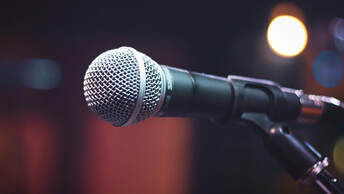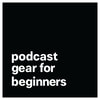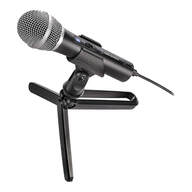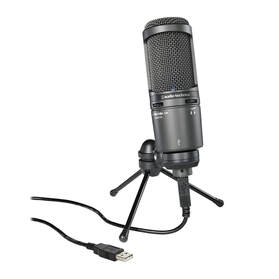|
Powered by RedCircle 
When starting a podcast, the most important piece of gear that you'll be using is the microphone.
It seems like an obvious statement, but the kind of microphone you purchase will determine the quality of sound. It's said that people will tolerate poor video over poor audio, so since podcasting is typically only audio, this is a very important part of the equation. You must be careful to choose the proper microphone type when making your purchase. Sometimes the price tag is the determining factor, so people buy a microphone and very quickly realize it's not what they thought it would be in quality and sound. The majority of podcasts are recorded using a "dynamic" microphone, as opposed to "condenser" microphone, but there are shows that utilize condenser mics. So what's the difference? There are certainly technical differences in the way the microphones are constructed and how they work, but we'll skip all of the "techy" jargon and get to the point.
In conclusion, while there are certainly multiple applications for each type of microphone, dynamic microphones tend to be the best options for beginners looking to set up in an extra room, a garage, a closet, or some other space that isn't a sound-treated studio space. Condenser microphones will be best for solo podcasters who can afford to sound treat their recording space.
AUTHOR: jason villanuevaJason is cohost of the Salty Dogs Christian Podcast. He enjoys podcasting, video-production, web-design, blogging, the keto way of life, working out, and smoking all the meats.
0 Comments
Your comment will be posted after it is approved.
Leave a Reply. |
Archives
August 2022
Categories
All
|



 RSS Feed
RSS Feed